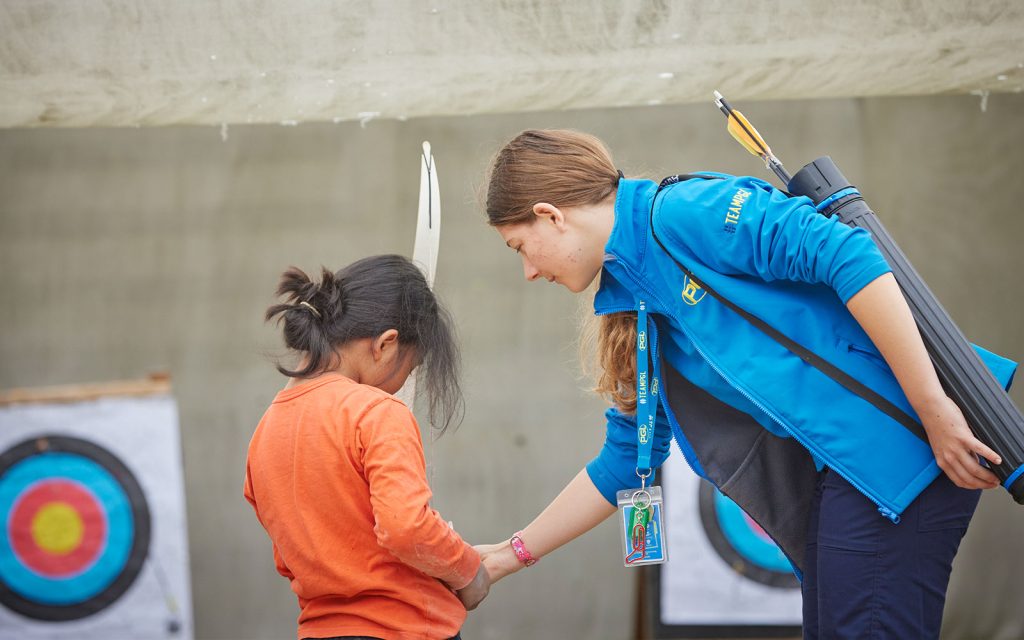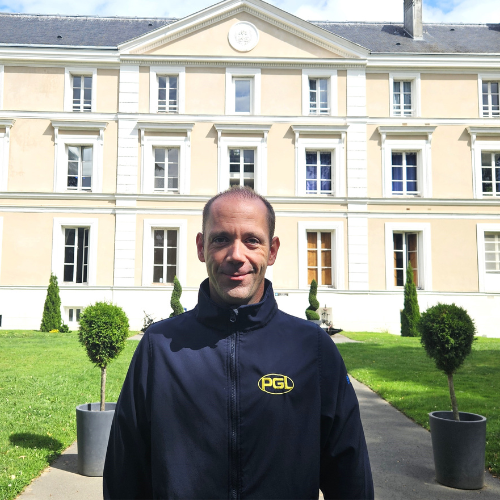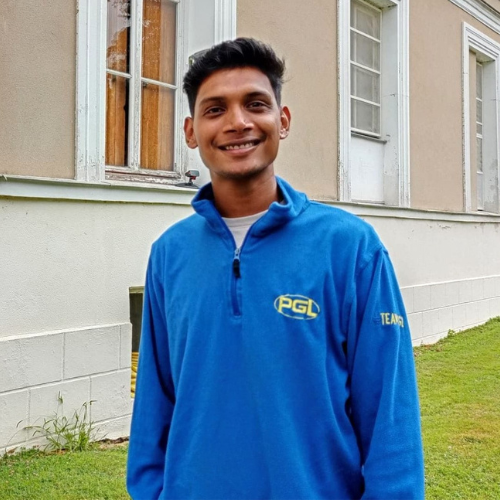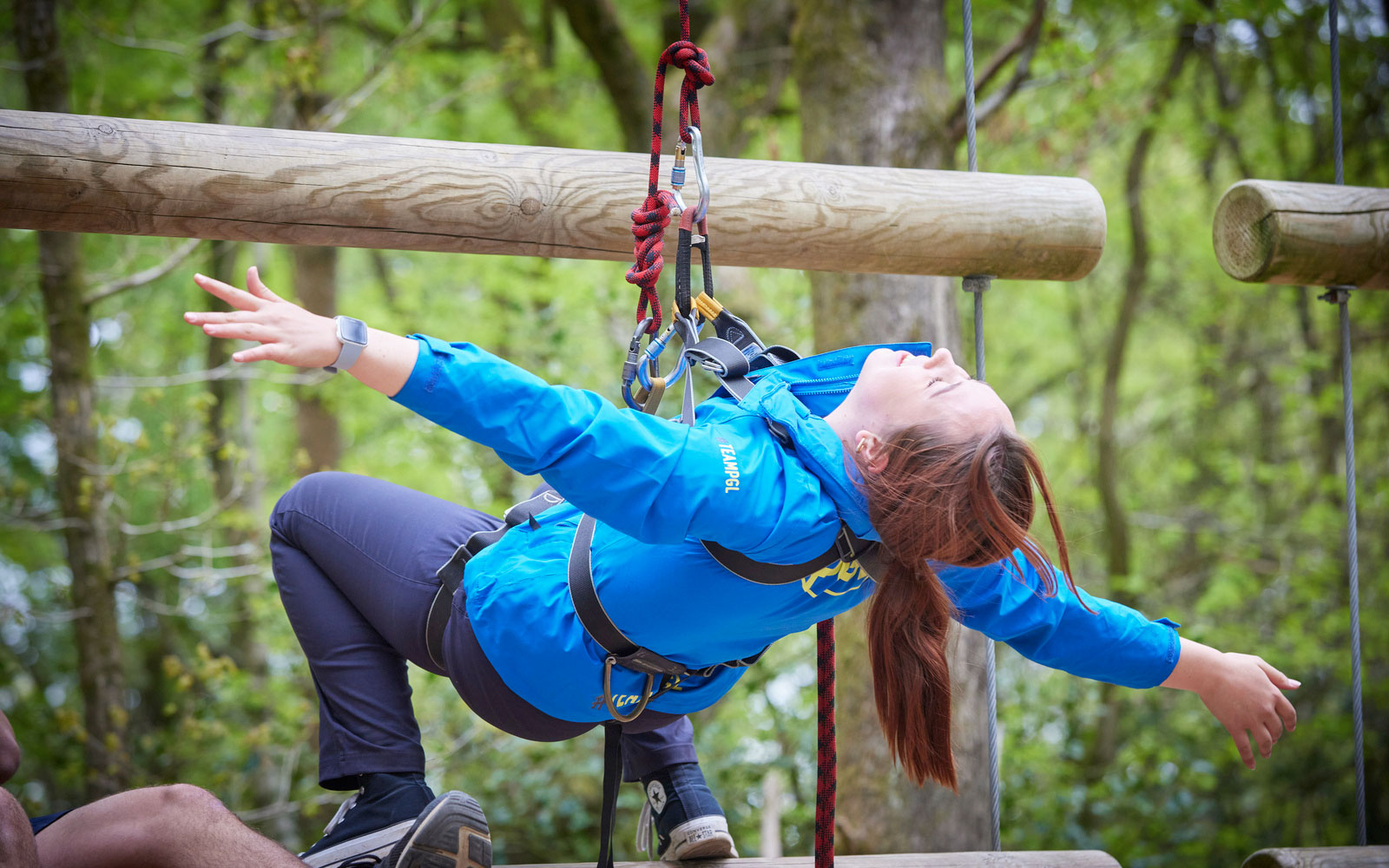Careers at Chateau de Grande Romaine
As the base for our Northern France adventures, Chateau de Grande Romaine is home to an energised team of Tour Leaders! They get to spend their days in the beautiful city of Paris and leading excursions to other famous French attractions.
If being a Tour Guide doesn’t appeal to you, don’t worry – there are a host of other roles and areas to choose from including Hospitality, Catering, Retail, Administration and Management.

 ';
';
Why we love Chateau de Grande Romaine...
Château de Grande Romaine is in the French town of Lesigny which has been the set for many films and adverts. The château is set in 70 acres of private grounds which you can explore until your heart is content on foot or bike. Practise your language skills in the local shops and towns or jump on a train and head into Paris. With Paris just 20 miles from the centre you can spend your days off enjoying a coffee in a Parisian café or exploring all that Paris has to offer including the Eiffel Tower, the Louvre, Notre Dame Cathedral, Sacre Coeur and Montmartre and Musee d’Orsay. You can even spend the day at Disneyland Paris.
With organised colleague entertainment, sports clubs and social events there is always something for you to do!
Colleague facilities include: Outdoor heated swimming pool (May to September), Indoor bar and pool bar, basketball courts, boules pitches, cinema room, football pitch, gym, tennis court, volleyball court, colleague lounge, wi-fi and laundrette.



Meet the team at Château de Grande Romaine






